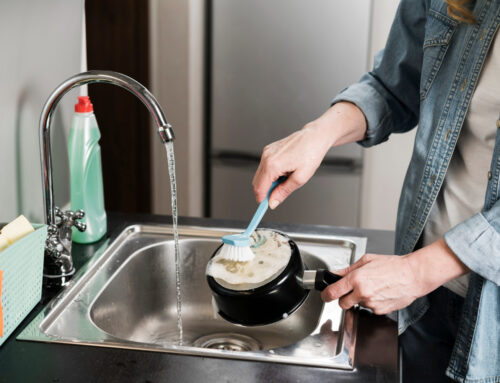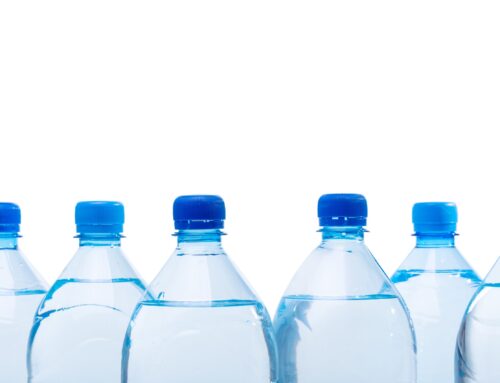The UN announced in 2010 that access to clean drinking water is a basic human right, yet even today many areas across the world don’t have a clean drinking water supply. Contaminants like lead are often found in our water and consuming such water can make us prone to serious health risks. Let’s understand how you can check for lead contamination in your drinking water and what steps you can take to remove such contaminants from your water.
What is Lead & How Does it Get into Drinking Water?
Lead is a heavy metal found naturally in many natural and man-made environments. It was earlier used in manufacturing paints, pipes, solders, tablets, wines and even cooking utensils. However, as people learned about the health risks it poses, they stopped using it in many of these industries.
Even though its usage has reduced, lead can still get into our water supply. It can leach in from the old lead pipes and fittings into the water or it can directly get into our groundwater as lead is also found between rocks and ores.
In the past few years, there has been an increase in discussions about lead-contaminated water in places like Flint, Michigan and Newark, New Jersey. This has been the case ever since in 2014 the Flint River was found to be highly corrosive to old pipes made from lead, which caused lead to leach into the water supply and a public health crisis arose.
According to a recent news article by WVTM 13, the Birmingham Water Works Board, Alabama cautioned residents of the Crestwood community about the potential increase of more lead in their drinking water. The BWW distributed free Brita water filters and informative pamphlets to increase awareness and help individuals combat water quality issues. These filters acted as a temporary safety measure to keep people safe.
Long Term Solutions
Water that contains lead remains tasteless and odorless, so many people do not realize that the water they are consuming is lead-contaminated. So, the first step to safeguard your family is to get your water tested and see whether it is contaminated with lead or not.
If it is contaminated or if you just want to take a precautionary measure to keep your water free of lead, then get advanced water filtration systems like Kinetico water systems installed.
The Kinetico K5 Drinking Water Station is a high-tech quality water system that is carefully crafted to deal with various water quality issues effectively. It provides an ample water supply and its VOC filter helps combat volatile organic compounds like gasoline, solvents, paints and pesticides. Its reverse osmosis technology helps remove harmful contaminants like lead and other pollutants from water.
Benefits of Kinetico Water Systems
- Effective Contaminant Removal – Kinetico K5 Drinking Water Station is third-party certified to remove a major amount of lead and other harmful contaminants. Thus providing you with safe and quality drinking water.
- Cost Effective – Although investing in a drinking water system may seem expensive initially it is worth it, considering the health benefits and savings it helps you make from not having to purchase single-use plastic bottled water in the long run.
- Better for the Planet – Reduced usage of single-use plastic bottled water also helps in reducing plastic waste, making these systems a more sustainable option.
- Continuous Water Supply – These systems provide continuous access to clean water directly to your home.
To protect yourself and your loved ones, consider investing in a good quality drinking water system today! Visit Aon Water Technology today to get your water tested for free and explore the wide range of Kinetico water treatment systems they offer.







